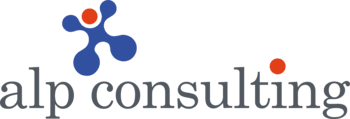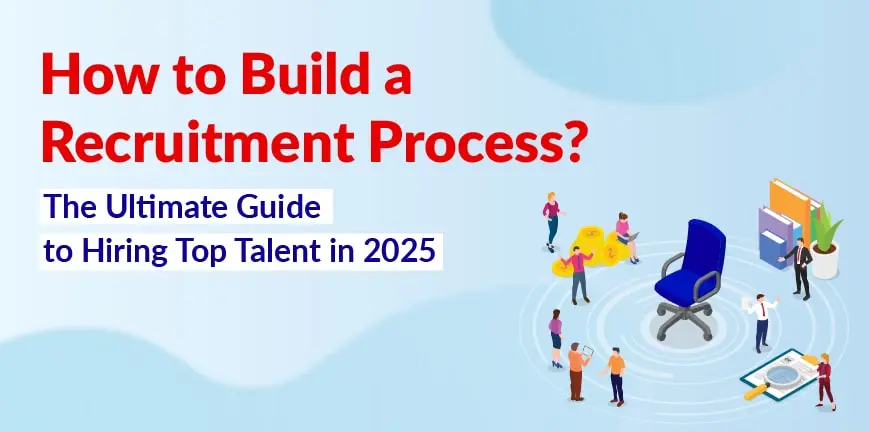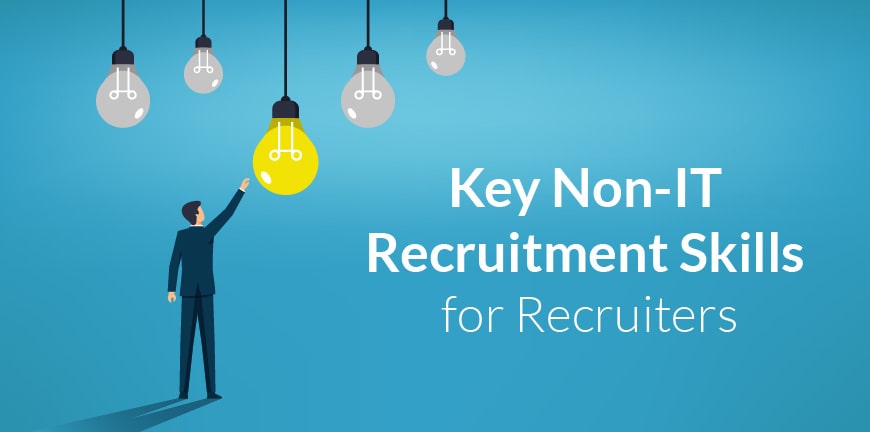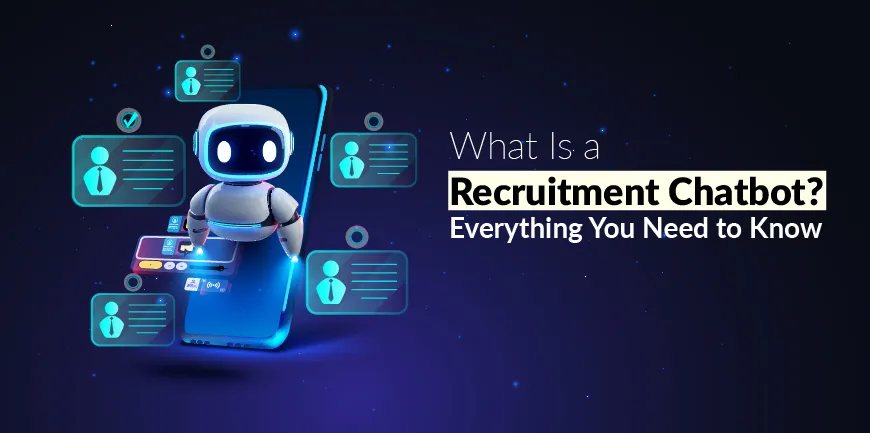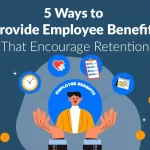
5 Ways to Provide Employee Benefits That Encourage Retention
04/02/2025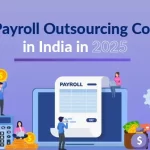
Top 10 Payroll Outsourcing Companies in India
06/02/2025- What Is Recruitment?
- What Is the Importance of a Recruitment Process?
- How to Build a Recruitment Process?
- What Are the Steps in the Recruitment Process?
- How to Improve and Streamline the Recruitment Process?
- What are the Recruitment Trends and Strategies for 2025?
- Are You Looking for a Recruitment Partner?
- Frequently Asked Questions (FAQs)
As Steve Jobs put it rightly, “Quality is more important than quantity. One home run is much better than two doubles”. But hiring top talent can be a challenge. To ensure that this happens, the recruitment process needs to improve by leaps and bounds. One way to ensure this happens, a business must have clarity in its recruitment process, about what the steps are and what it intends to achieve.
What Is Recruitment?
The recruitment process is the process of hiring the right candidate for a full-time role from a pool of eligible candidates who have applied for a job. The type of recruitment process depends on the organization, the company that is handling the requirement, the level of seniority required for the job, and the job requirements.
What Is the Importance of a Recruitment Process?
A recruitment process in HRM is the foundation for ensuring that your company earns accolades and improves customer satisfaction in the long run by providing great quality products or services designed by the fresh talent you recruit. That’s just the tip of the iceberg. A strong recruitment process brings with it several benefits for the organization. Some of these benefits are:
- Ability to meet time-constrained challenges in recruitment
- Experience and networking capability to recruit senior leaders
- Transparency for and cooperation between all the stakeholders involved
- Employee data is secure, and handy insights can be drawn from it
- High-quality candidates can be sourced in a shorter period
- Promotes business growth and innovation within the organization
How to Build a Recruitment Process?
To build a recruitment process in HR, you must have some things in place. Here are the things you need to do to build a recruitment process in HRM.
- Make note of the hiring needs, which include how many people you need to hire, the number of job roles you need to fill, and the kind of job roles you need to fill (department, seniority etc.)
- What industry are you hiring for? Does the industry pose any specific challenges? How would you ensure the candidates you select are up for it? Perhaps you would modify the interview panel or alter the screening process?
- Are there any additional steps necessary in the recruitment and selection process or do we need to follow a different order? Can we shorten the recruitment process to minimize the time, shortening the number of steps in each stage?
- What is the documentation and what input and output are necessary at each stage of the recruitment process? Make a note of this and what you would do if there were any inconsistencies.
- What will be the duration of the recruitment and selection process in HRM? Are there any steps you can take to speed up the process? What technology can you use to achieve such speed and accuracy?
- Decide on the number of stakeholders to be involved and the job roles you would need to modify in your HR team to make it happen. How many talent acquisition executives would you need? How many managers would there be?
- Who are the other people who can help with the recruitment process? Would you need a copywriter or designer for the job descriptions? Would you need the help of the marketing team for marketing or to suggest suitable channels for posting job ads?
- Now you must begin to address the exigencies in the process, something still missing from it. Start by building a flowchart. Define the entry and exit points clearly and add the names of the stakeholders managing each stage. How can AI help plug in the gaps in the process?
- Discuss any other special needs for the role with the department you are hiring for. Is the department looking for diversity? Assign a priority for each role you are trying to fill. Allocate a turnaround time for each role and a critical time within which the need must be met.
- Outline an order in which the hiring will happen, make a map with the assigned stakeholders at each stage, and share it with the hiring manager. Take the hiring manager’s approval and move to recruitment.
What Are the Steps in the Recruitment Process?
1. Preparing
The recruiter talks to the hiring manager and makes notes about the vacancy, what its requirements are, and then crafts a job description based on the notes. A job post is then prepared by the copywriter for external use.
2. Sourcing
The sourcing process now begins, with the recruiter reaching out to potential candidates after posting the job online. The recruiter will reach out to the candidate over specific sourcing channels.
3. Screening
The screening of candidates can take place in several ways. Some of them are resume screening, phone screening and other cognitive tests that are often used for screening.
4. Selecting
Selecting the candidates happens in this step where messages are sent out to the candidates confirming selection or further assignments are shared for them to complete.
5. Hiring
The hiring manager and the recruiter sit together and then shortlist one to three candidates for the final round of checks, which include background and reference checks.
6. Onboarding
The selected candidate is then onboarded into the organization through an onboarding program, where the candidate is introduced to organizational policies, the job role and the work environment.
How to Improve and Streamline the Recruitment Process?
To improve and streamline the recruitment process, there are many things that one can do. You can of course improve the quality of resources you have on the team. You can do this by
- Providing training to the people on your team
- Assigning mentors within the team who will help others
- Recruiting additional members to the team
You can also improve the quality of the technology that you are using. You can adopt new technology by
- Assessing current challenges in recruitment and matching them to available technology
- Enquiring about the current pricing and the support options available
- Assigning experts within your IT and HR teams to access and manage the system
What are the Recruitment Trends and Strategies for 2025?
- There is a greater demand for skills as opposed to degrees in recruitment and we expect the same to continue in 2025. This will help companies hire great candidates for newer roles.
- There is also a 34% higher retention rate for non-degree holders hired on the basis of skills.
- AI helps boost diversity in hiring. A reputable company increased the diversity in the process by 16% by using AI-assisted technology in hiring.
- Tech positions have only become more difficult to fill than before, with the time to hire at 52 days, highlighting challenges in sourcing.
- Leveraging employee advocacy can help hire top talent by showcasing why the company is a great place to work.
Are You Looking for a Recruitment Partner?
Are you trying to improve the effectiveness of your recruitment process? Have you already implemented the tips we discussed or are you finding it difficult to do so because of the size of your team or shortage of resources? Talk to Alp Consulting, one of the Top HR consultancy companies in the world to address your recruitment challenges.
Frequently Asked Questions (FAQs)
1. What Is a Full Cycle Recruiting Process?
A full cycle recruiting process is one which begins with the job description for a role and ends with the onboarding of the candidate. It is also referred to as full lifecycle recruitment and end-to-end recruitment.
2. What Is the Process of Recruitment in HR?
The process of recruitment is the entire process of identifying and sourcing the right candidate from a pool of eligible candidates who have applied for a job. The process will vary from company to company and depend on the job role and the expertise required for it.
3. What Is the Recruitment Process in Human Resource Management?
The process of hiring candidates for full-time roles in a company is referred to as recruitment. The recruitment process may be carried out by the in-house HR team or be outsourced to a third-party recruitment services company.
4. What Are the Benefits of a Clear Recruitment Process?
A clear recruitment process offers benefits like less time-to-hire, reduced hiring costs, an error-free recruitment process and unbelievably good candidate experience, which will improve the reputation of the company also.
5. What Is the Recruitment and Selection Process?
The process of recruitment begins with preparing job descriptions and ends with onboarding the candidates. The selection process is the initial phase of recruitment which consists of sourcing and screening the candidates.
6. How Long Does the Recruitment Process Take?
The recruitment process can take place anywhere from a few days to even a few months depending on the volume of recruitment and the resources and the technology available to make successful hires.
7. What Is an End-To-End Recruitment Process?
An end-to-end recruitment process is the complete recruitment process, beginning with the preparation of job descriptions and ending with the onboarding of the candidate. Several third parties offer recruitment process outsourcing services for businesses of all sizes.
8. What Are the 5 Stages of the Recruitment Process?
The 5 stages of the recruitment process are sourcing, screening, shortlisting, interviewing and onboarding. The 5 stages in turn can each be split into several steps to make full lifecycle recruitment more effective.
Contact Us For Business Enquiry

Amit Saproo
Amit Saproo is the Head of Operations at ALP Consulting with nearly 17 years of experience in Executive Search, RPO, Leadership, and IT & Engineering recruitment. He leads nationwide recruitment programs across Technology, BFSI, and R&D domains, driving strategic hiring solutions for diverse client needs. Amit excels in building and managing high-performance teams that deliver scalable, end-to-end recruitment and consulting services.
